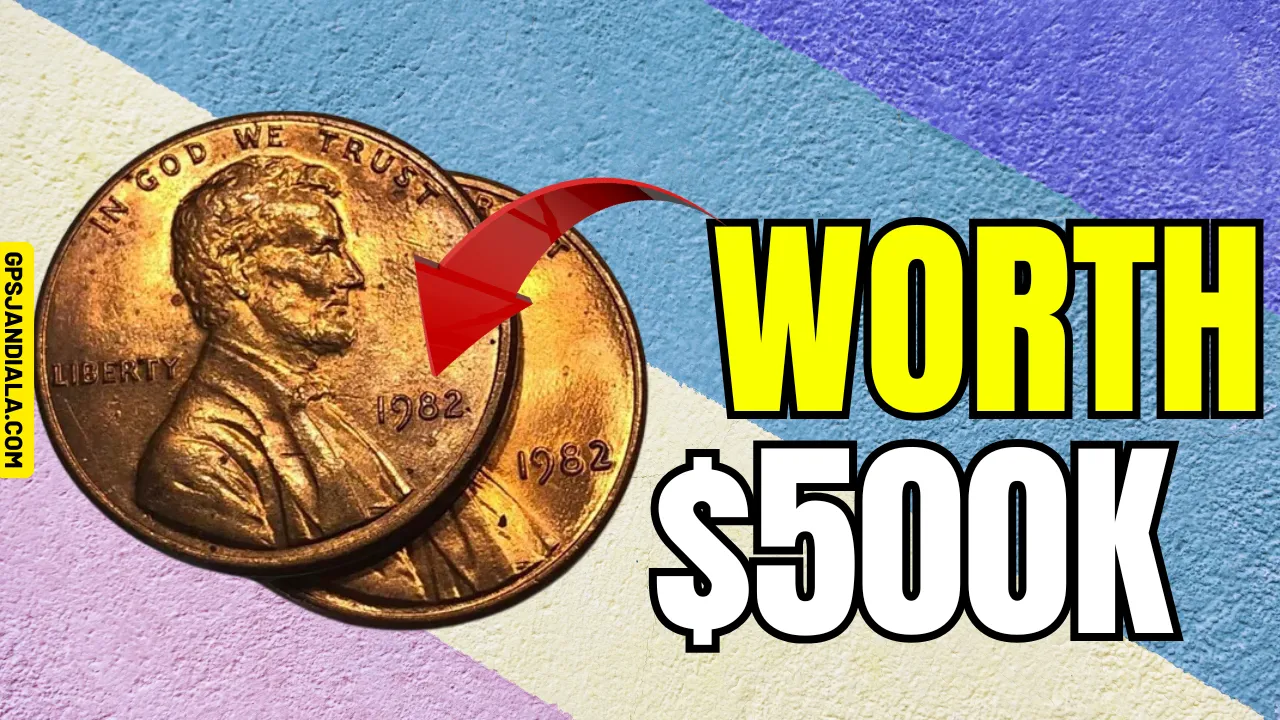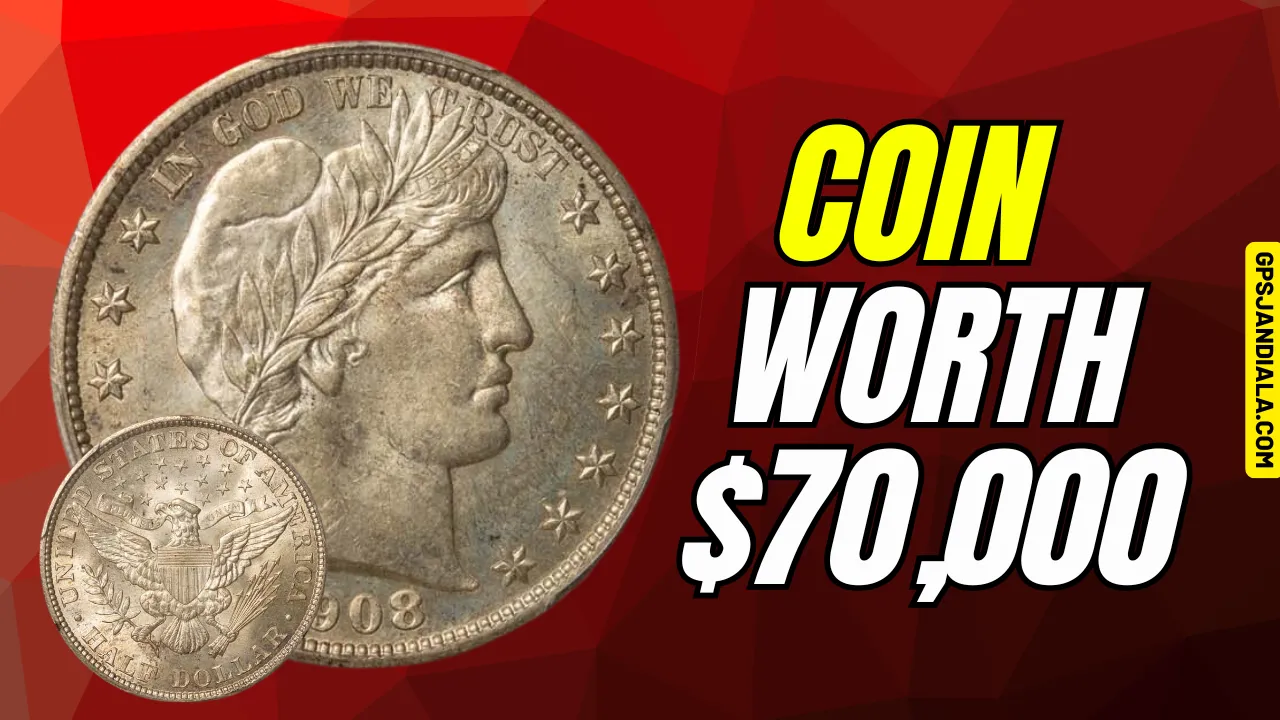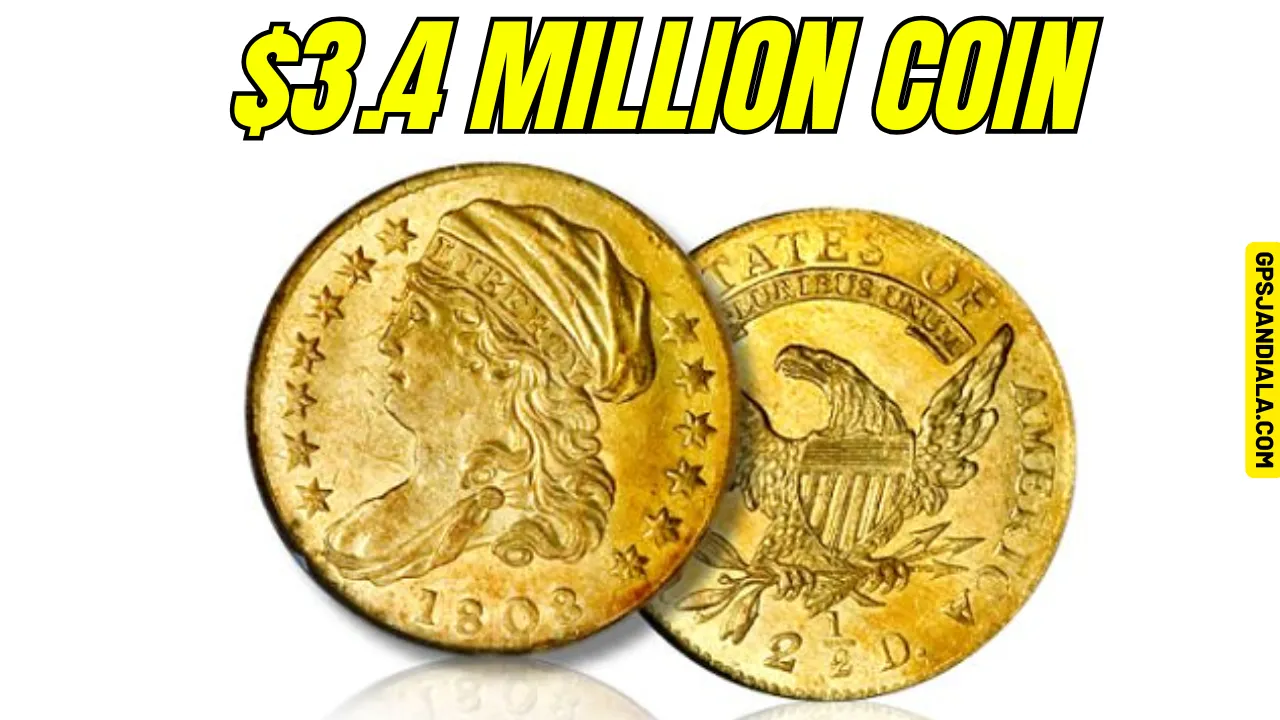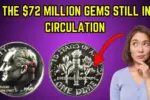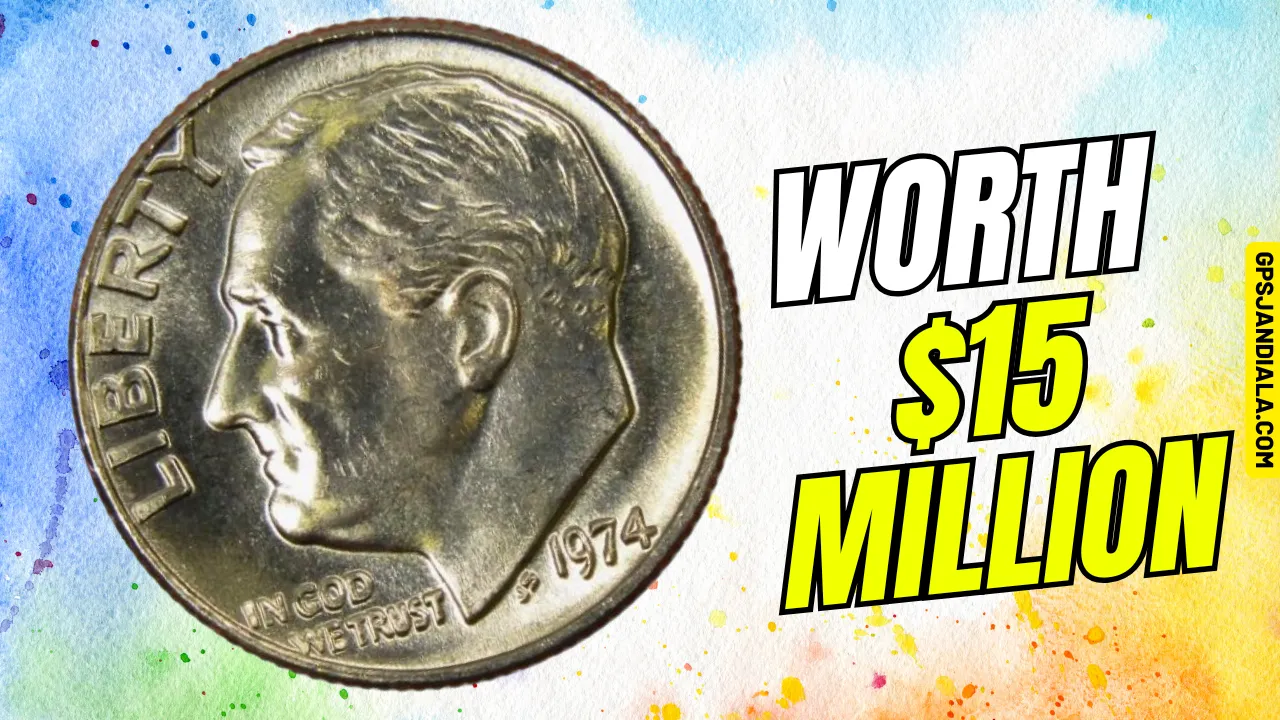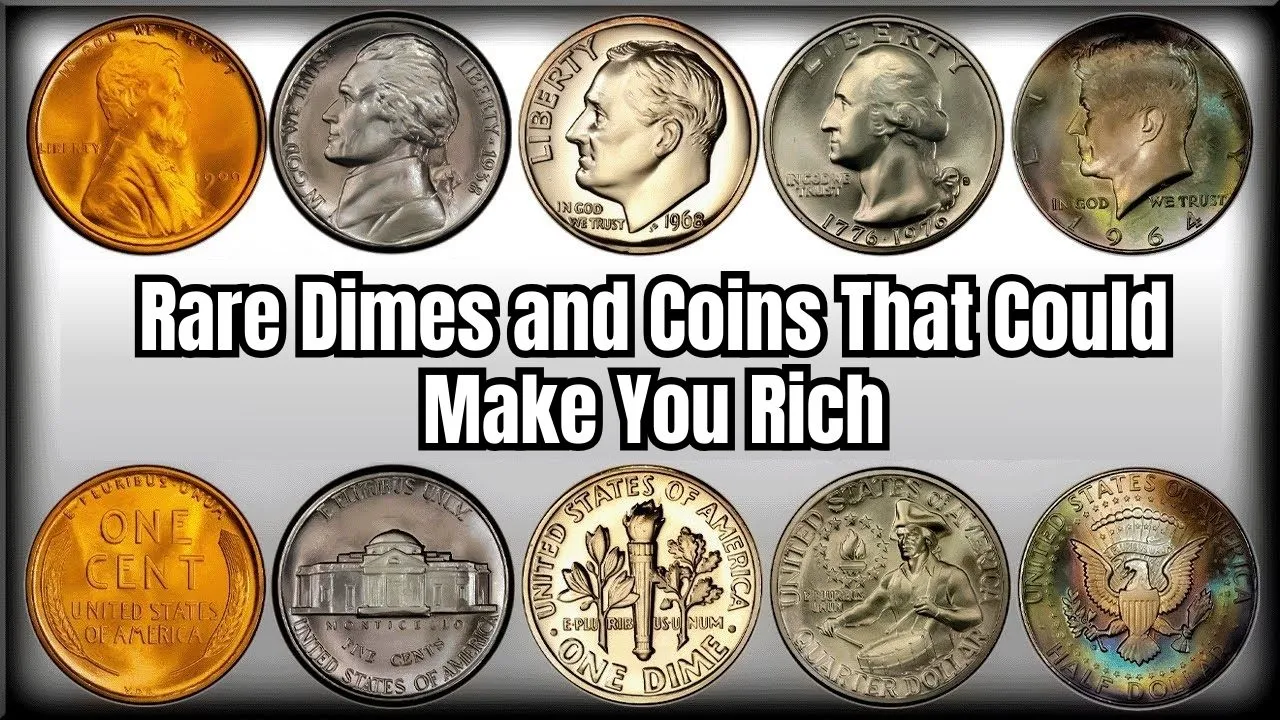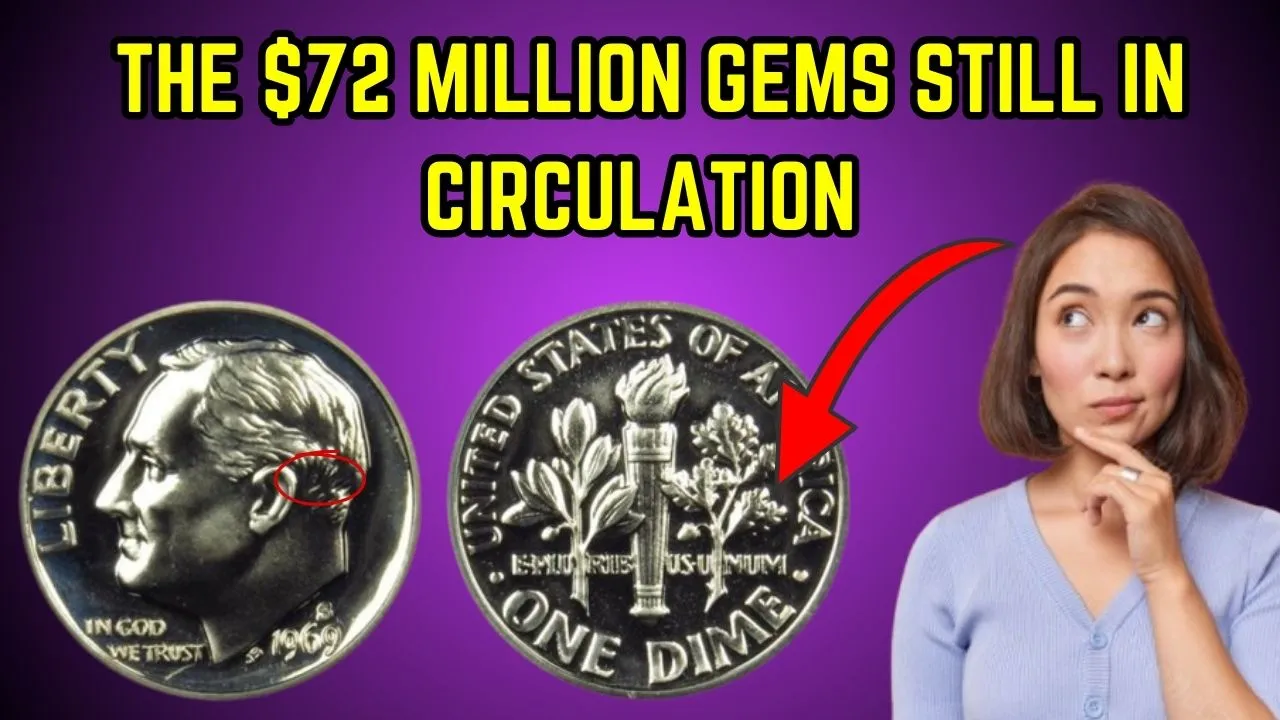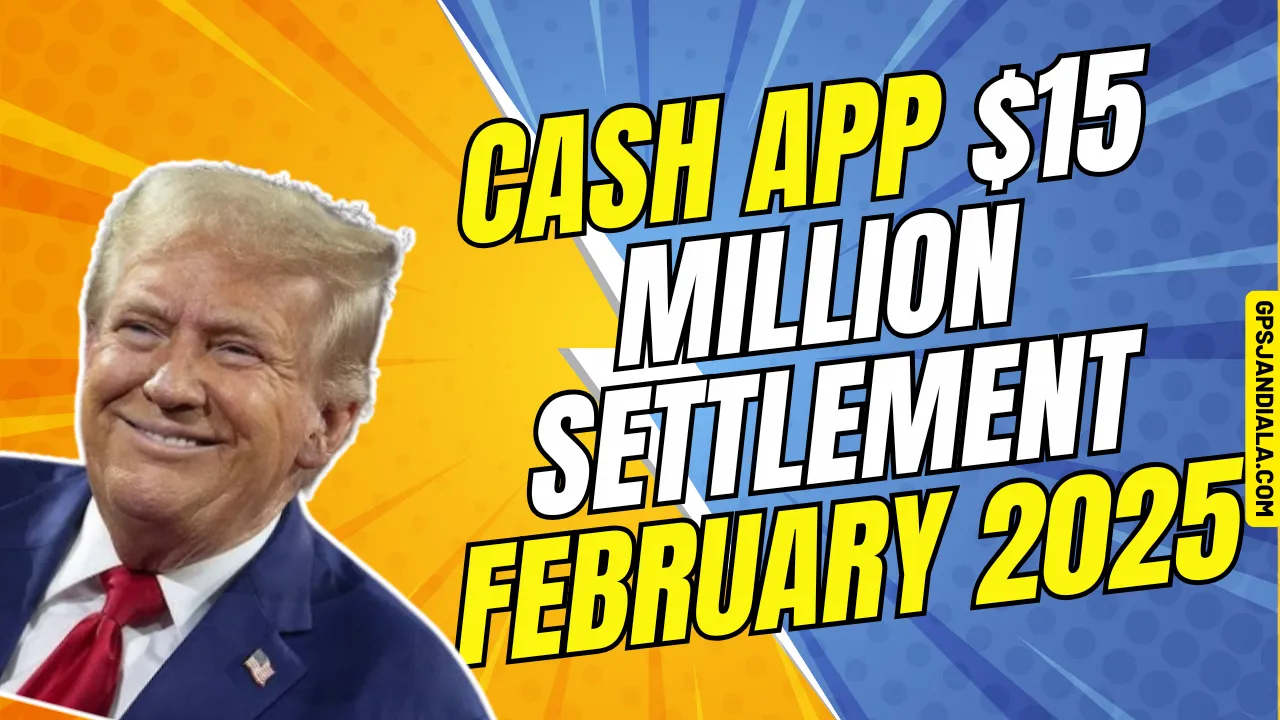Lincoln Wheat Penny: The Lincoln Wheat Penny is more than just an ordinary coin; it’s a hidden treasure waiting to be discovered. Originally minted as everyday currency, certain rare editions of this penny have become highly valuable collectibles, with some fetching astonishing prices of up to $500,000. What’s even more surprising is that a few of these valuable coins might still be out there—in your pocket, your coin jar, or even circulating through everyday transactions.
In this article, we’ll explore the history, design, and rare variations of the Lincoln Wheat Penny, uncover the secrets behind their immense value, and guide you on how to identify and potentially find one in circulation.
Quick Overview of the Lincoln Wheat Penny
| Aspect | Details |
| First Minted | 1909 |
| Designer | Victor David Brenner |
| Minting Ended | 1958 |
| Key Rare Years | 1909-S VDB, 1943 Copper, 1922 No D, 1914-D |
| Most Valuable Coin | 1943 Copper Penny – $500,000+ |
| Material | Mostly copper, exception in 1943 (steel) |
The Birth of the Lincoln Wheat Penny
The Lincoln Wheat Penny was first introduced in 1909 to mark the 100th anniversary of Abraham Lincoln’s birth. Designed by Victor David Brenner, it became the first U.S. coin to feature a president’s portrait.
The coin’s obverse (front) showcases a profile of Abraham Lincoln, while the reverse (back) displays two wheat stalks surrounding the words “ONE CENT”. These wheat stalks symbolize growth and prosperity, capturing the essence of America’s progress at the time.
The coin remained in circulation until 1958, after which the design was replaced by the Lincoln Memorial penny. Despite billions being minted over its 50-year production run, only a handful of specific versions of the Lincoln Wheat Penny hold exceptional value today.
What Makes Some Lincoln Wheat Pennies Worth $500K?
Not every Lincoln Wheat Penny is a jackpot. Only certain versions are considered extremely rare, and their value depends on specific factors.
1. Rare Minting Errors
Coins with minting errors, such as doubled dies, missing mint marks, or misprints, are highly prized by collectors. These flaws make each error coin a unique piece of history.
2. Low Mintage Numbers
Some years, like 1909, 1914, and 1922, saw very limited production of Lincoln Wheat Pennies. Fewer coins in circulation mean higher demand and increased value.
3. Unique Composition
In 1943, during World War II, most pennies were minted using steel to conserve copper for military use. However, a small number of copper pennies were accidentally struck that year. These rare 1943 Copper Pennies are among the most valuable coins today.
4. Specific Mint Marks
Mint marks indicate where a coin was produced. Certain mint marks, like “S” (San Francisco) or “D” (Denver), are rarer for specific years, making those pennies highly valuable.
Top Valuable Lincoln Wheat Pennies
Here are some of the most coveted Lincoln Wheat Pennies in the collector’s world:
- 1909-S VDB: Known for its low mintage of 484,000 coins, this penny is highly valuable and can sell for up to $100,000 in top condition.
- 1943 Copper Penny: With only a few known to exist, this coin can fetch prices exceeding $500,000.
- 1922 No D Penny: A minting error caused the absence of the Denver mint mark (D), making these coins extremely rare and valuable.
- 1914-D Penny: With only 1.2 million coins minted, this penny can command prices upwards of $20,000.
Could Valuable Lincoln Wheat Pennies Still Be in Circulation?
Surprisingly, yes! While many rare pennies have already been discovered and are now part of private collections, a few hidden gems are still out there. Many people remain unaware of their value and might unknowingly spend these pennies or leave them sitting in jars or drawers.
Places to Check for Rare Pennies:
- Loose Change: Always inspect your spare change.
- Coin Rolls from Banks: Banks often have rolls of pennies that may contain old or rare coins.
- Garage Sales and Flea Markets: Bulk coin collections sold at these places often hide treasures.
Finding a rare Lincoln Wheat Penny isn’t impossible—it just requires a keen eye and a little persistence.
How to Identify a Valuable Lincoln Wheat Penny
If you want to find a valuable Lincoln Wheat Penny, here’s what to do:
- Examine the Date and Mint Mark: Look for key dates like 1909, 1914, 1922, and 1943 and check the mint marks (“S” or “D”).
- Look for Errors: Use a magnifying glass to inspect for doubled dies, missing mint marks, or misprints.
- Assess the Condition: Coins with minimal wear and in pristine condition are worth more.
- Get Professional Grading: If you suspect your coin is valuable, consult certified graders like PCGS or NGC.
Why Collectors Treasure the Lincoln Wheat Penny
The Lincoln Wheat Penny isn’t just a coin—it’s a piece of history. Here’s why collectors love it:
- Historical Value: It commemorates Abraham Lincoln and represents an era of change.
- Affordable Entry Point: Many Wheat Pennies are still affordable, making them a great starting point for collectors.
- Thrill of the Hunt: The idea of finding a valuable coin in everyday circulation keeps collectors excited.
Tips for Beginners in Coin Collecting
If you’re new to coin collecting and fascinated by the Lincoln Wheat Penny, here are some tips:
- Start Small: Begin with inexpensive Wheat Pennies to build your collection.
- Educate Yourself: Learn about mint marks, rare dates, and coin grading.
- Invest in Tools: Get a magnifying glass and coin album.
- Join a Community: Connect with collectors online or in local clubs for advice and guidance.
Conclusion
The Lincoln Wheat Penny is not just a coin; it’s a symbol of history, art, and hidden wealth. With some rare specimens valued at over $500,000, it’s worth paying close attention to every penny you encounter.
Whether you’re an experienced collector or a casual hobbyist, the thrill of discovering a rare Lincoln Wheat Penny is unmatched. So, start searching today—you never know, your next penny could be worth a small fortune!
Happy coin hunting, and may your next penny be golden!
